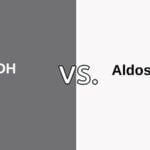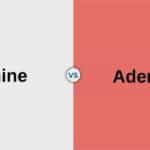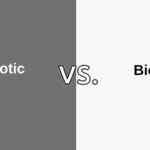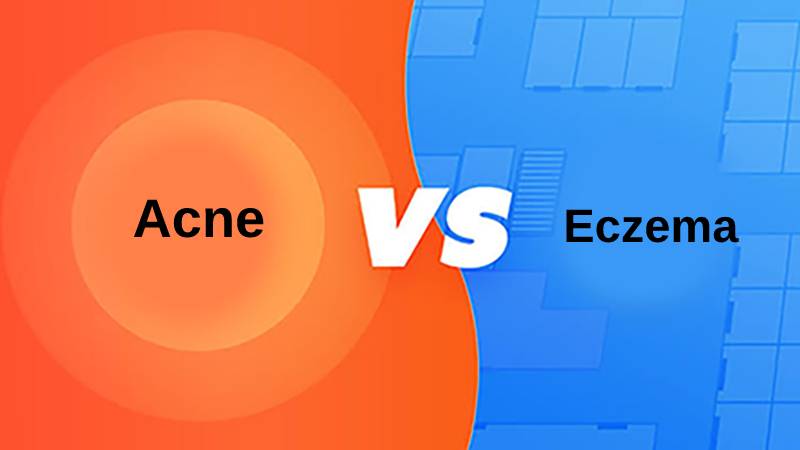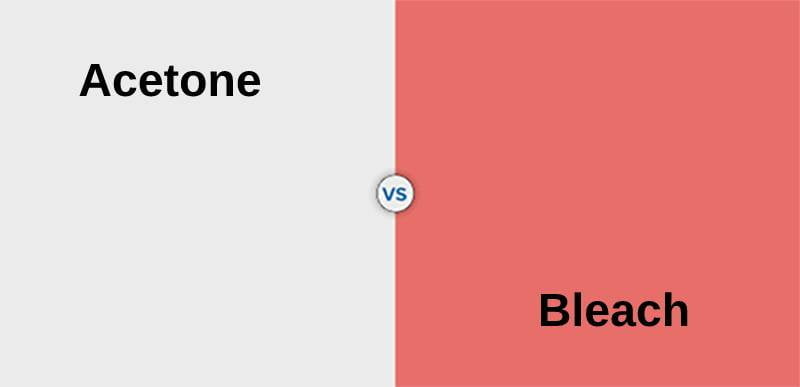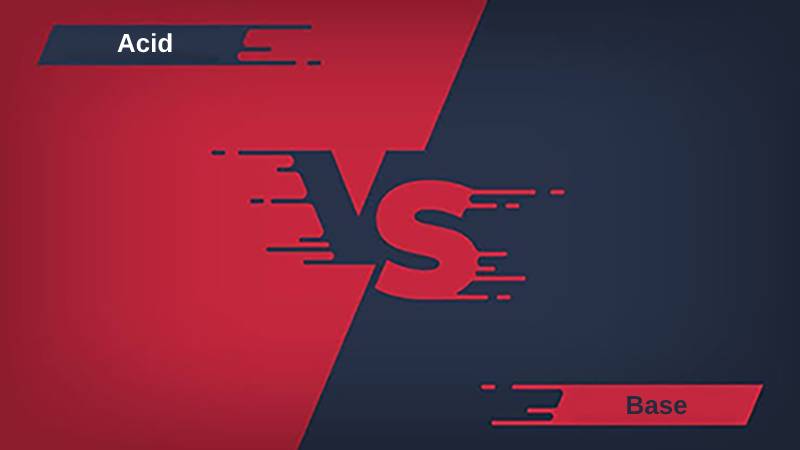It is easy to interchange adsorbent and absorbent due to similar spelling and pronunciation.
Adsorbent (adsorption) and absorbent (absorption) are chemical processes that almost look and seem similar. Besides the spelling being almost the same, adsorbent and absorbent are very different in their core meaning.
Adsorbent vs Absorbent
The main difference between Adsorbent and absorbent is that Adsorbent is the capacity of a material to let a liquid or gas stick or lay on its surface. On the other hand, the absorbent is the capacity of a material to let a liquid or gas merge within itself.
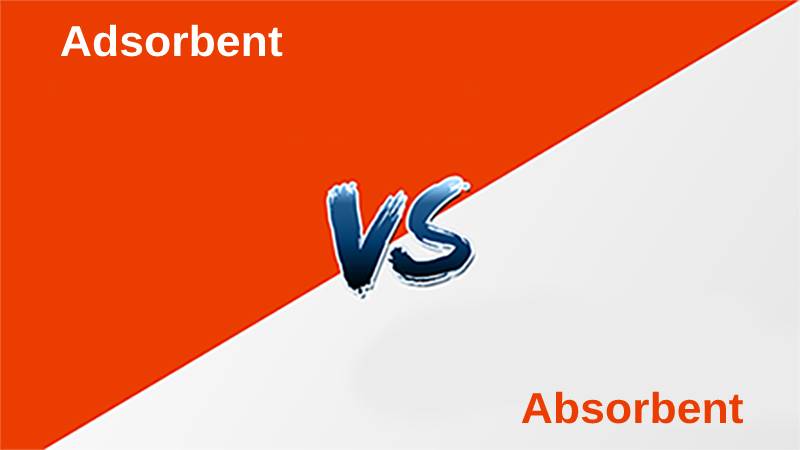
A material becomes adsorbent when the process of adsorption goes on. The adsorption process acts like an adhesive that gets created on the surface. Due to the adhesive capability, the atoms or molecules of any other particle (liquid or gas) find it easy to sit on an adsorbent surface.
A material becomes absorbent when the process of absorption goes on. Due to absorption, the atoms and molecules of an object are such that other particles get dissolved or diffused into it. For an absorbent object, it is easier for it to absorb any liquid, semi-liquid, or gas.
Comparison Table Between Adsorbent and Absorbent
| Parameters of Comparison | Adsorbent | Absorbent |
| Definition | The adsorbent is the quality of an object which makes other liquid or gas particles stay on the surface without entering it. | The absorbent is the quality of an object that makes it possible for other liquid or gas particles to enter and assimilate into it. |
| Process Type | An adsorbent material goes through an exothermic process. | An absorbent material goes through an endothermic process. |
| Phenomenon Type | It is the surface type of phenomenon. | It is a bulk type of phenomenon and is related to the volume of an object. |
| Temperature effects | Low temperatures can affect the consistency and impact an adsorbent material. | Temperature will have no effect or impact on absorbent material. |
| Reactions | Reactions in adsorbent materials increase gradually until it reaches equilibrium. | Reactions in an absorbent material happen at a uniform and steady rate. |
| Examples | Examples of adsorbents include silica gel, activated carbon, molecular sieve zeolites, etc. | Examples of absorbents can be identified in cotton wool, bandages, bath mat, towels, absorbing cloth, rags, sponges, paper towels, etc. |
What is Adsorbent?
The material that has an adsorbent quality is called an adsorbate. The process of adsorption is opposite to the process of absorption. In adsorption, the object’s surface will not let other molecules or atoms penetrate it.
It was a German physicist Heinrich Kayser, who named this exothermic process “Adsorption.” In a way, adsorption is the process that happens even in an absorbent material.
In an absorbent material, the molecules first undergo the adsorption process before absorption happens. The whole process of adsorption depends on the material and its properties. Dense materials that have an adhesive surface give a chance for adsorption to happen.
The process also depends on the molecules that will get on the surface. An adsorbent has a mixture of surface tension and energy that allows the foreign particle to stay on top without submerging into an adsorbent material.
Owing to the chemical process, adsorbent materials are used in many settings. It is used in various industrial applications like making synthetic resin, used for water purification, etc. Adsorbents have high abrasion resistance, and they also have high thermal stability. Because of this, an adsorbent will be found in the shape of spherical rods or pellets.
Adsorbents are largely categorized into two categories. One is chemical adsorption, and the other is physical adsorption. Chemical adsorption is more conveniently called chemisorption. Likewise, physical adsorption is more famously called physisorption.
What is Absorbent?
An absorbent is a substance that possesses the capability for absorption. Absorption happens when the substance can take in other substances. Through the process of absorption, an absorbent substance can capture energy as well as transform that energy.
The surface of an absorbent is absorbate, as it is the surface through which another substance submerges into the absorbent. An absorbent can be either a chemical absorbent or a physical absorbent. The chemical absorbent is chemically reactive. On the other hand, the physical absorbent is chemically non-reactive.
Once absorbed by the absorbent, the particles are difficult to separate as they enter within the pores of the absorbent. An example that can explain the functionality of the absorbent is water being absorbed by a towel after a bath. Another example is that of blood getting absorbed by a cotton pad.
Main Differences Between Adsorbent and Absorbent
- In an adsorbent, when a substance falls on it, it distributes the molecules on the surface. On the other hand, when a substance falls on an absorbent, the molecules are distributed throughout the absorbent.
- An adsorbent is easy to separate once a substance gets adhered to the surface of an adsorbent. On the contrary, separating any substance absorbed by an absorbent is almost impossible.
- In the case of an adsorbent, the foreign substance will only stay on the absorbate. In the case of an absorbent, the foreign substance penetrates the surface and gets mixed into the bulk.
- An adsorbent can be solid, semi-solid, or liquid. On the other hand, an absorbent is solid or semi-solid.
- An example of an adsorbent is when the water spills on the floor; it stays on the floor. While in case the water spills on the rug on the floor, the water gets absorbed by the rug.
Conclusion
Both adsorbent and absorbent are processes that are related to each other while being opposite. Even though both processes might sound very chemical, they are significant in how the universe works.
While the adsorbent does not retain anything, the absorbent immediately retains things when it comes into contact. Many phenomena these days are possible only through absorbent and adsorbent.






